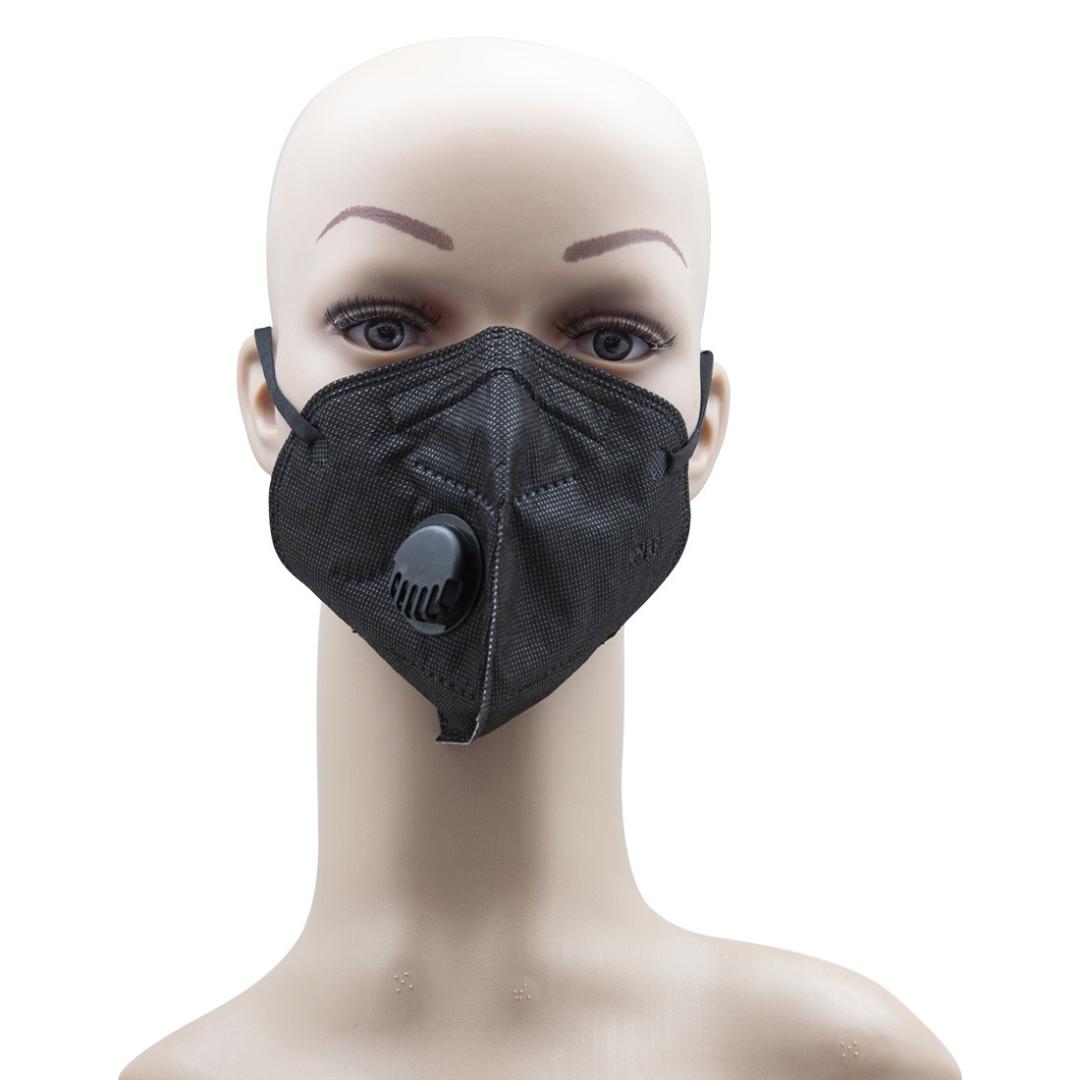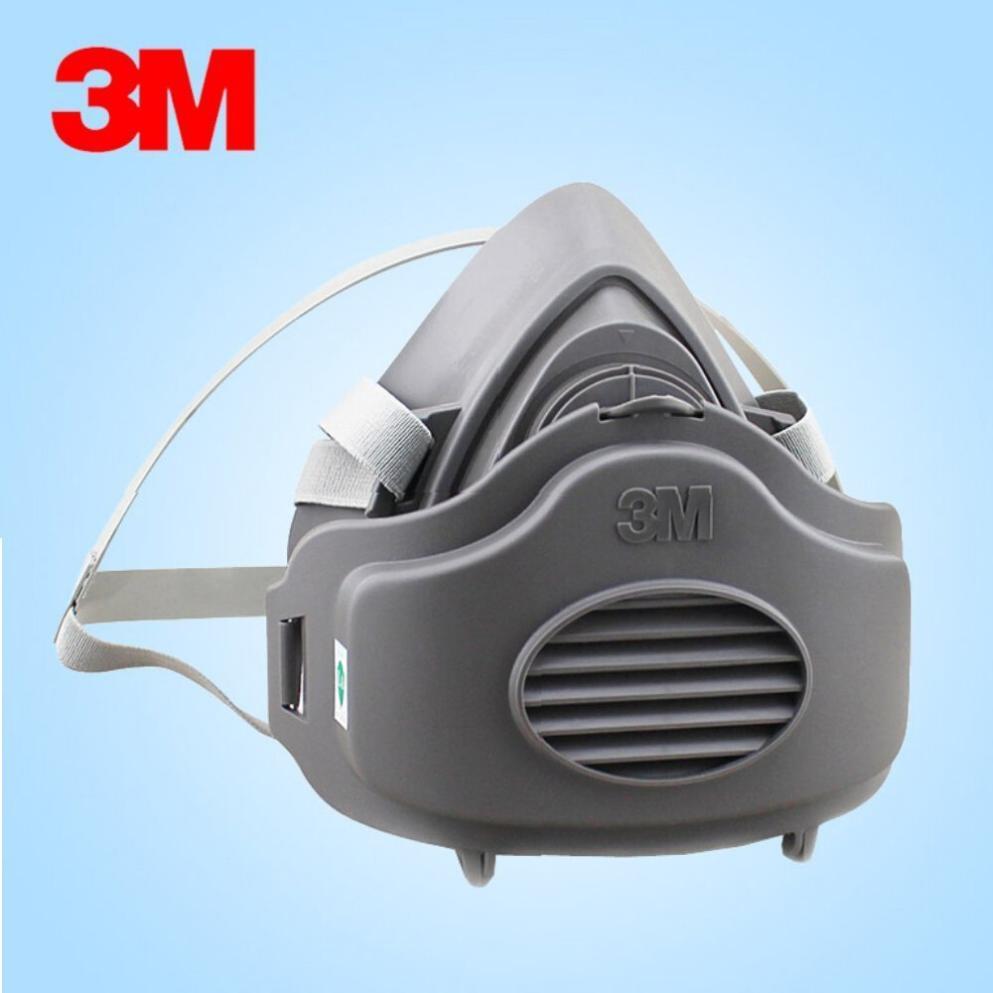N95 vs. KN95 Masks: Understanding the Differences
In the realm of respiratory protection, face masks have emerged as essential tools in safeguarding individuals from airborne contaminants, including viruses and bacteria. Among the most widely used types of respirators are N95 and KN95 masks, each offering varying levels of protection and filtration capabilities.

N95 Masks
Definition And Purpose:
N95 masks are disposable respirators designed to provide protection against airborne particles, including those as small as 0.3 microns. They are commonly used in healthcare settings, construction sites, and other environments where exposure to hazardous substances is possible.
Construction:
- N95 masks are typically made of non-woven polypropylene fabric, which is lightweight and breathable.
- They consist of multiple layers, including a filter layer that traps particles and an inner layer that absorbs moisture.
- N95 masks are designed to fit snugly around the face, creating a seal that prevents unfiltered air from entering.
Filtration Efficiency:
- The N95 rating indicates that the mask can filter out at least 95% of airborne particles, including bacteria and viruses.
- This level of filtration makes N95 masks effective in protecting against respiratory illnesses, such as COVID-19.
Fit And Comfort:
- Proper fit is crucial for the effectiveness of N95 masks.
- N95 masks come in various shapes and sizes to accommodate different face shapes.
- Flat-fold N95 masks are commonly used, while cup-shaped masks may offer better fit and comfort for some individuals.
KN95 Masks
Definition And Purpose:
KN95 masks are Chinese-standard respirators that are similar to N95 masks in terms of their purpose and design. They are intended to protect against airborne particles, including those as small as 0.3 microns.
Construction:
- KN95 masks are typically made of non-woven polypropylene fabric, similar to N95 masks.
- They also consist of multiple layers, including a filter layer and an inner layer for moisture absorption.
- KN95 masks are designed to fit snugly around the face, creating a seal that prevents unfiltered air from entering.
Filtration Efficiency:
- The KN95 rating indicates that the mask can filter out at least 95% of airborne particles, including bacteria and viruses.
- This level of filtration is comparable to that of N95 masks, making KN95 masks effective in protecting against respiratory illnesses.
Fit And Comfort:
- Proper fit is also essential for the effectiveness of KN95 masks.
- KN95 masks come in various shapes and sizes to accommodate different face shapes.
- Flat-fold KN95 masks are commonly used, while cup-shaped masks may offer better fit and comfort for some individuals.
Comparison Of N95 And KN95 Masks
Filtration Efficiency:
- Both N95 and KN95 masks have a filtration efficiency of at least 95%, indicating their ability to filter out a significant proportion of airborne particles.
- There may be slight variations in filtration efficiency between different brands and models of N95 and KN95 masks.
Fit And Comfort:
- Both N95 and KN95 masks are designed to fit snugly around the face, creating a seal that prevents unfiltered air from entering.
- The fit and comfort of these masks can vary depending on the individual's face shape and the specific mask design.
- Some individuals may find one type of mask more comfortable than the other.
Usage Guidelines:
- Both N95 and KN95 masks should be worn properly to ensure effective protection.
- The masks should fit snugly around the face, covering the nose, mouth, and chin.
- The masks should be replaced or discarded after each use or when they become soiled or damaged.
Availability And Cost:
- The availability and cost of N95 and KN95 masks can vary depending on the region, demand, and supply.
- N95 masks may be more readily available in certain regions due to their widespread use in healthcare settings.
- KN95 masks may be more affordable in some cases, but it is important to ensure that they meet the appropriate standards and quality.
N95 and KN95 masks are both effective respirators that provide protection against airborne particles, including bacteria and viruses. They are essential tools in reducing the risk of respiratory illnesses, particularly in high-risk environments. Proper fit and usage are crucial for the effectiveness of these masks. While there may be slight differences in filtration efficiency, fit, and comfort between N95 and KN95 masks, both types of masks can offer substantial protection when used correctly.

It is important to consult with healthcare professionals or relevant authorities for guidance on the appropriate selection and use of face masks based on individual needs and specific circumstances.
YesNo

Leave a Reply